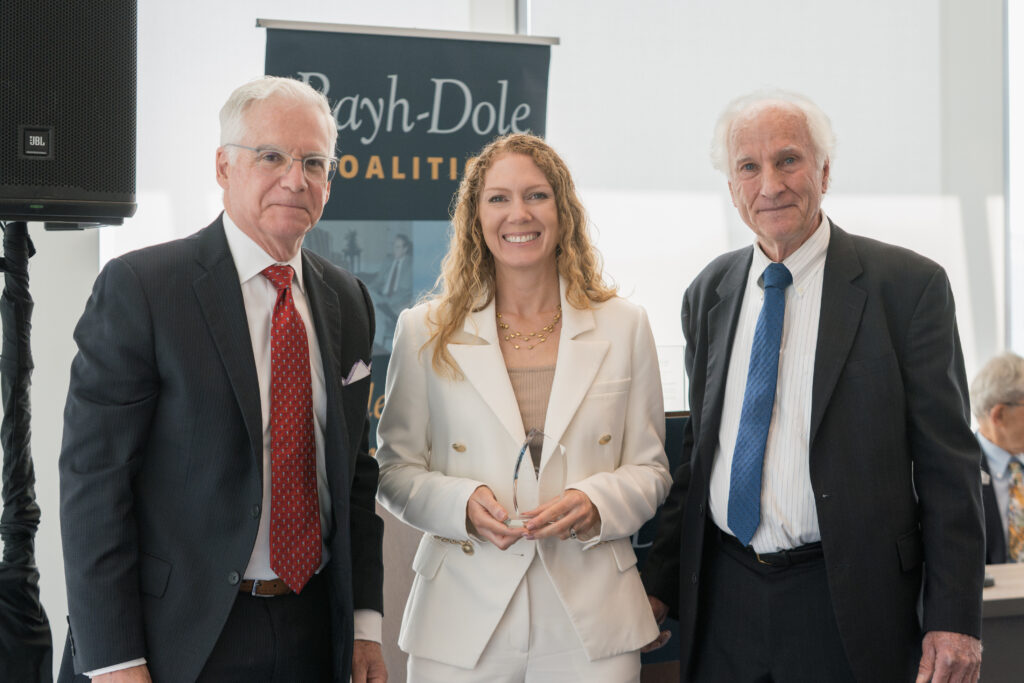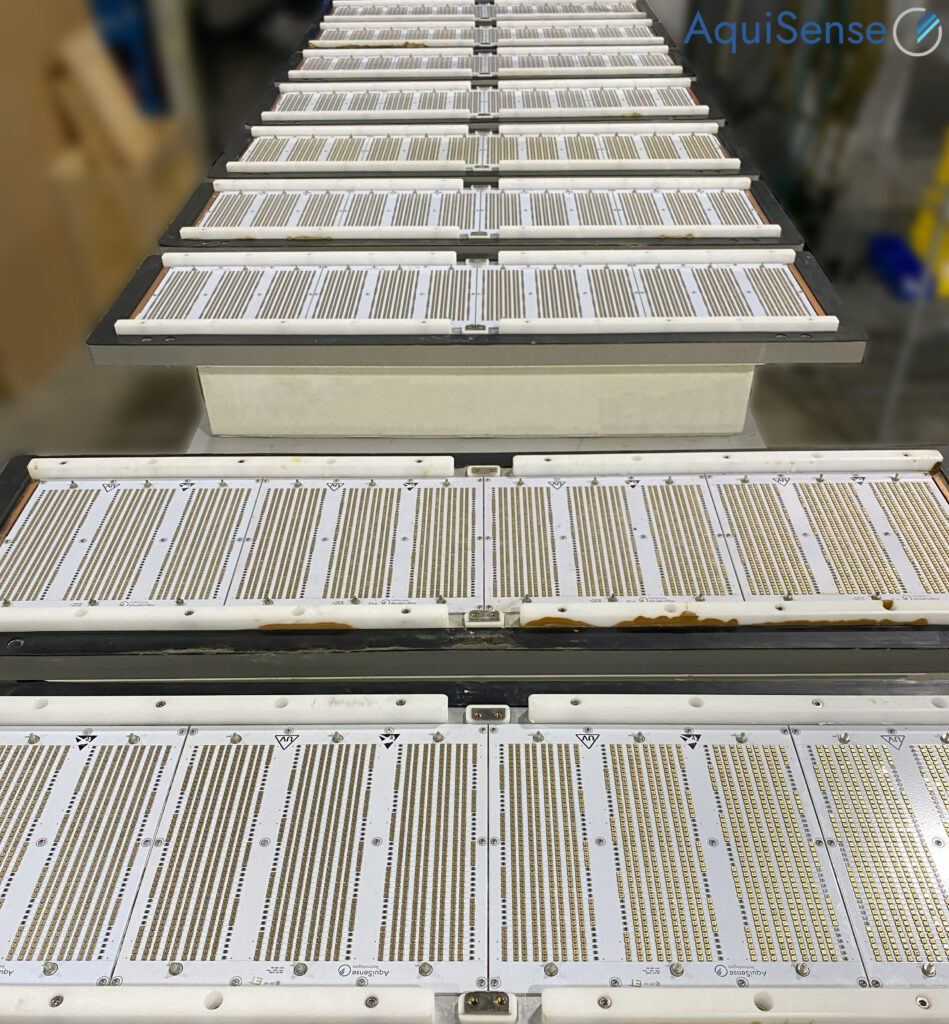UV disinfection at the point of consumption
AquiSense Technologies announced the introduction of enhancements to its PearlAqua Micro™ product platform, the world’s smallest ultraviolet water treatment system.
The PearlAqua Micro range has now been refined to reduce cost and cover an increased flow range, with the addition of a UV intensity sensor option.
All products employ UV-C LEDs enabling the application of UV disinfection literally at the point of consumption, opening entirely new applications for water treatment – Micro UV™.
“We introduced our Micro UV systems earlier this year in response to market demand for a low flow validated UV system,” said Oliver Lawal, founder and CEO of AquiSense Technologies.
“Since its launch, these systems have been field tested by many leading global OEMs in a variety of markets including commercial, medical, transportation, residential, and life sciences. We have been pleased with the results and admire the creativity of our partners in applying this technology often in applications we never envisioned. The enhancements announced today are a direct result of intense collaboration with OEM partners.”
Moving to a digital disinfection approach
The PearlAqua Micro range has now been refined to reduce cost and cover an increased flow range, with the addition of a UV intensity sensor option.
“The addition of a UV intensity sensor is a game changing development for small flow systems and demonstrates the advantages of moving to a Digital Disinfection™ approach afforded by UV-C LEDs,” said Jennifer Pagan, CTO of AquiSense Technologies.
“Being able to cost effectively incorporate UV intensity sensors into these systems is a key requirement for mission critical applications such as medical devices and ultra-pure water.”
Included in the enhanced product line are four additional models. Six discrete configurations are now available allowing for optimization based on process water conditions. Several specification improvements have also been introduced increasing the applicability and ease of adoption of the systems.



